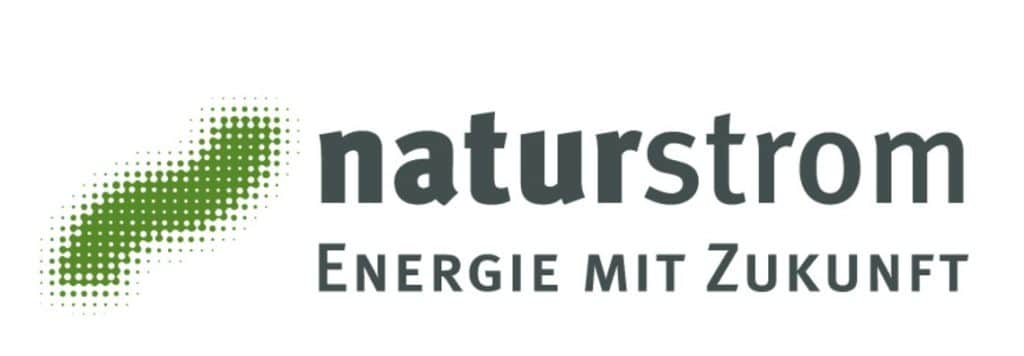Remove Google Fonts from website
Preventing warnings

The dynamic integration of US web services into a website (including Google Fonts) is contrary to data protection law without the consent of visitors. Website operators owe injunctive relief and damages (Munich Regional Court, judgement of 20.01.2022, ref. 3 O 17493/20).
Who is affected?
A website should therefore not obtain any data from a US server when it is called up in the browser. Google fonts are an example of this, as they are often used and are easy to integrate. However, it is difficult to determine the location of the external server when accessing the website. As a result, we recommend avoiding the integration of external files as far as possible.
Many websites whose operators are based in Germany are affected by this - often without even realising it. This can and has led to numerous warnings being issued to website operators in recent months.
How can I find out if my site is affected?
There are various ways to do this. We present some of them here.
1. Google Fonts CheckerHere you can simply enter your own website and let the tool check whether Google Fonts are used. This gives you a good overview. What is not checked here is whether other scripts are integrated that originate from US servers.
2. Safe3 CheckerHere, too, the system only checks for existing Google Fonts and displays the result.
3. tools such as https://en.ryte.com/product-insights/tracking-scripts offer the possibility to create an overview of all integrated scripts for a fee.
4. every browser contains a developer tool. As soon as you open this and call up the page in question, you can see what is actually being loaded. In Firefox, the network tab is particularly important for this. More details are described here: https://firefox-source-docs.mozilla.org/devtools-user/network_monitor/
Google has documented it for Chrome here: https://developer.chrome.com/docs/devtools/network/
As soon as you have a result for your site in one or more of these ways, you have to look at how to evaluate and, if necessary, adjust them. We would be happy to support you in this. Simply contact Contact on.
What do I do if my WordPress website is affected?
Short answer: you have to remove or prevent the integration of external files. It is often worth having them delivered locally, i.e. stored on your own web space, so as not to change the functionality and appearance of the website because you are expanding something.
A longer answer
However, this is sometimes not so easy with WordPress. WordPress itself does not provide any files that could be problematic in any way. However, every theme and every plugin that you integrate could integrate external files. And every theme and plugin does this in a technically different way.
There are plugins such as "Disable and Remove Google Fonts". In our experience, however, this is often not sufficient due to the problems described above.
Therefore, the integration of Google Fonts must unfortunately be checked individually. Solutions are e.g.
- Use existing options in plugins and themes to prevent integration
- possibly contact the developer of the theme or plugin about this
- carry out individual customisation yourself
Example Avada theme:
In the options, there is a data protection option where you can change the integration from CDN to local. Avada then does the necessary work immediately and the Google Fonts problem is solved.
Example Elementor:
Unfortunately, this PageBuilder does not have a clickable option to prevent the loading of Google Fonts. Instead, you have to enter the following code in your own functions.php:
add_filter( 'elementor/frontend/print_google_fonts', '__return_false' );
Example Slider Revolution:
There is also a setting in the "General Settings" to prevent the loading of Google Fonts. However, you then have to integrate them locally yourself if you want to use them.
How do I integrate Google Fonts locally?
The following approach has proven to be practicable for us:
At https://gwfh.mranftl.com/fonts a tool is provided with which you can obtain both the relevant font files and the necessary CSS code. The files can be uploaded to the WordPress directory via FTP, for example. You can then store the CSS code provided in the project (if necessary, after adjusting the paths to the files in the project).
There is also a plugin that can help with this: https://de.wordpress.org/plugins/local-google-fonts/
What is it actually like with Google Analytics?
The integration of Google Analytics into your own website also generates a request to a US server. Google says that it anonymises the data (especially when using Google Analytics 4). But there is no reliable proof of this. There are only 2 ways to deal with this:
a) Use a cookie consent blocker, which is strongly recommended anyway, to load the files only after explicit confirmation by the visitor.
b) Do without Google Analytics and use an alternative for access counting, e.g. Matomo.



